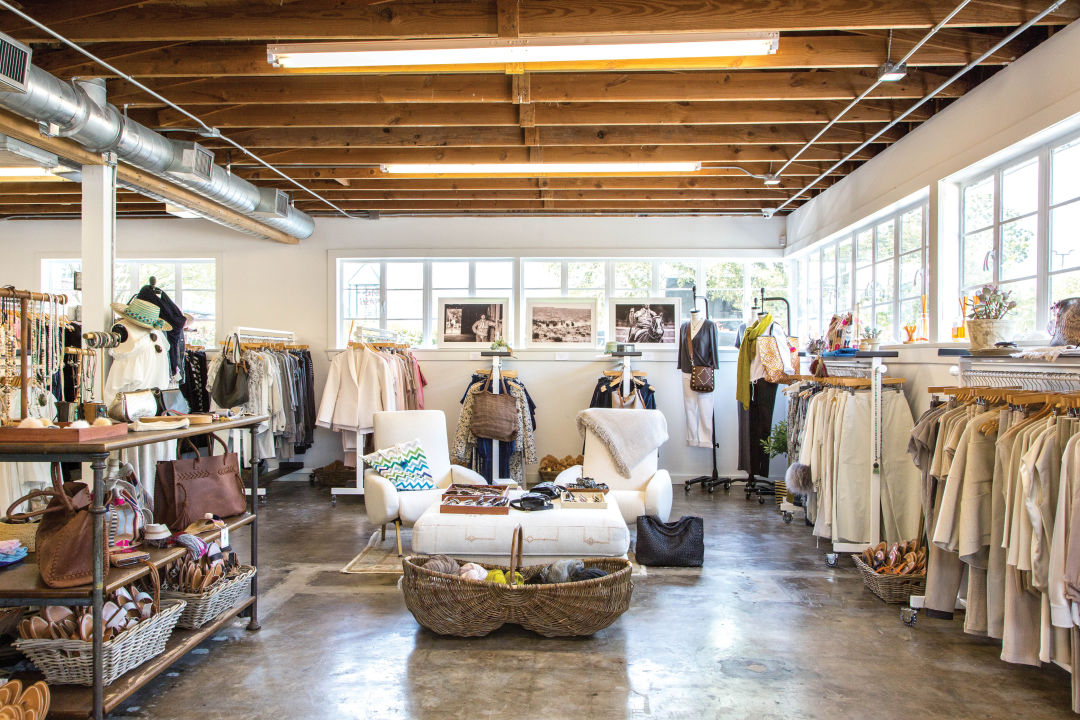A Deep Study the Globe of High-Fashion Runways: Comprehending Apparel as Art
Developers, a lot like masterful artists, weave elaborate stories via material, form, and shade, redefining and challenging traditional standards charm standards. As we check out these sartorial spectacles, we must contemplate: what role does style play in shaping social values, and just how does it reflect the ever-changing tapestry of human feeling and identity?
The Development of Runway Reveals
The trajectory of path shows has actually transformed significantly over the decades, evolving from special sector events to exciting spectacles that blend fashion with art. Commonly, path shows made love affairs, kept in ateliers or tiny locations, largely gone to by customers and industry experts. These very early presentations concentrated on the garments' workmanship and commercial feasibility, offering a practical and direct screen of seasonal collections.
As the apparel industry broadened, the nature of path programs started to change. The 1970s and 1980s marked a turning factor, with developers seeking to identify themselves through even more theatrical discussions. This period saw the rise of fancy collections, choreographed versions, and thematic stories, heralding a new age where the path ended up being an experiential system. The programs changed right into a form of storytelling, where each collection conveyed an unique narrative or idea.
Over the last few years, technology and social networks have actually further reinvented path shows, making them easily accessible to a worldwide target market. Livestreaming and digital platforms have democratized style, permitting fanatics worldwide to witness these occasions in real-time (boutique fashion). This development shows a broader cultural change, where high-fashion paths serve as a dynamic intersection of efficiency, style, and advancement
Designers as Dreamer Artists
Just how have designers transcended their roles to come to be visionary musicians? Designers in the high-fashion industry have actually blurred the lines in between practical garment creation and the theoretical realm of art. This transformation appears in the means they approach their collections, not simply as clothing yet as profound expressions of identification, feeling, and society. By welcoming creative disciplines such as sculpture, paint, and avant-garde setups, designers craft garments that test traditional style norms and raise them to art kinds.
Visionary designers attract inspiration from a myriad of sources, consisting of abstract art, historic references, and individual stories. They possess a special capacity to imagine and emerge concepts that press the boundaries of traditional style, often redefining aesthetic standards at the same time. This creative ingenuity is showcased with significant silhouettes, ingenious products, and intricate craftsmanship, which invite customers to experience style as greater than just wearable items.
Furthermore, the path acts as a canvas for these musicians, where lights, songs, and established design coalesce to create immersive experiences. These presentations are not simply displays of clothes however are managed efficiencies that stimulate feeling and prompt thought, verifying the developer's function as a real musician in the modern cultural landscape.
Cultural Impacts in Style
Cultural tapestry weaves its elaborate patterns into the textile of style, influencing designers around the world. The vibrant interchange of cultural stories, practices, and signs informs and motivates collections that poise high-fashion runways.
The impact of society on fashion is commonly seen in the reinterpretation of conventional garments and patterns. The usage of Japanese bathrobes, Indian saris, or African prints in contemporary style reflects a blend of social authenticity and contemporary aesthetics. Developers such as Valentino's Pierpaolo Piccioli and Alexander McQueen's Sarah Burton have actually been known to include rich cultural themes right into their couture collections, translating background right into wearable art.

Innovation in Fabric and Design
Development in fabric and design consistently reshapes the landscape of high-fashion, pushing borders and redefining opportunities. Recently, technical improvements have considerably contributed to this evolution, introducing products that test standard understandings. Textiles embedded with clever fibers, qualified of altering color or regulating temperature level, are no longer constrained to the world of sci-fi. Designers are increasingly exploring the assimilation of innovation, such as 3D printing, which permits the creation of intricate frameworks that were previously unimaginable.
Moreover, sustainability has actually ended up being a pivotal style in fabric technology. The fashion business is experiencing a rise in the use of green products, obtained from recycled plastics, natural fibers, and even eco-friendly elements. These innovations not only supply new appearances and appearances however additionally address vital ecological issues. Developers are embracing these products to craft garments that are both aesthetically striking and aware of their eco-friendly footprint.
In regards to layout, speculative kinds and progressive shapes are continuously reinventing the path. By you could try this out including cutting-edge techniques and non-traditional materials, designers cultivate garments that blur the line between style and art, establishing brand-new criteria for creative thinking and expression in the high-fashion sphere.
Effect of Style on Society
Fashion possesses a profound influence on society, working as both a reflection of cultural identity and a catalyst for social change. Through its evolution, fashion has actually mirrored social changes, enveloping the zeitgeist of different ages. The flapper dresses of the 1920s personified a newly found sense of women's liberation, while the vibrant prints of the 1960s resembled the advanced spirit of the time. High-fashion runways, in particular, work as systems for difficult norms and redefining charm standards. Developers utilize these locations to deal with pushing social concerns, from sustainability to diversity, thus forming public discussion.
Furthermore, fashion has the power to bridge social gaps, fostering understanding and recognition among varied groups. As globalisation increases, the cross-cultural exchange of fashion concepts ends up being increasingly substantial, promoting inclusivity and variety. The rise of streetwear, stemming from urban subcultures, illustrates exactly how fashion can transcend socio-economic borders, approving people a way of self-expression and empowerment.
In significance, fashion is not simply about visual appeals; it is a vibrant force that influences worths, attitudes, and social progression (boutique fashion). By constantly connecting with social and social currents, style remains an indispensable part of the collective human experience

Verdict
High-fashion runways work as dynamic fields where garments goes beyond capability to come to be a meaningful art kind. Developers, akin to visionary artists, orchestrate collections that reflect identity, feeling, and social stories, testing typical visual appeals. The combination of ingenious material and style, combined with sophisticated collection styles, illumination, and music, creates immersive experiences that celebrate cultural diversity. look at this now This intersection of try this website fashion and artistry not just astounds target markets globally however likewise influences societal assumptions and advertises a much deeper gratitude for cultural diversity.

Cultural tapestry weaves its elaborate patterns right into the textile of fashion, influencing developers worldwide.Style possesses a profound influence on society, offering as both a representation of cultural identity and a stimulant for social adjustment.
Comments on “A Newbie's Guide to Navigating the Boutique Fashion Scene”